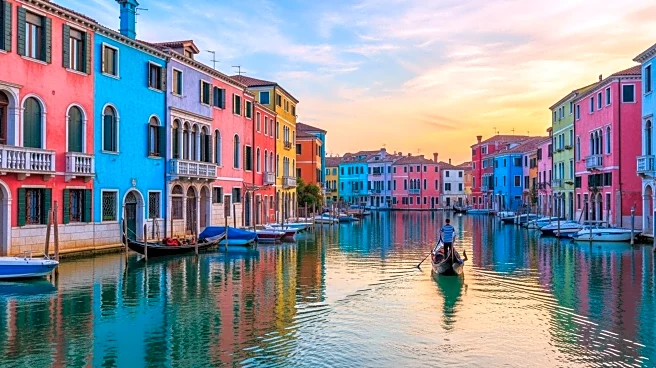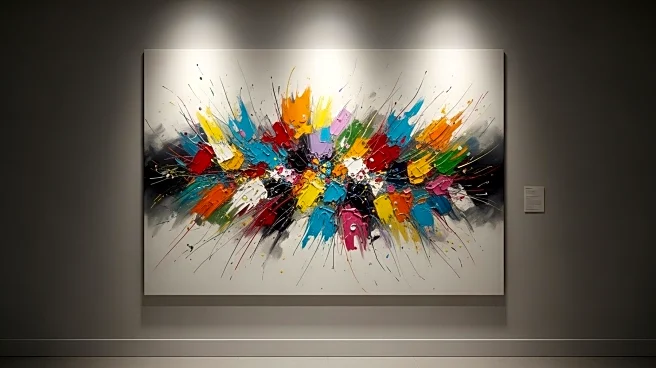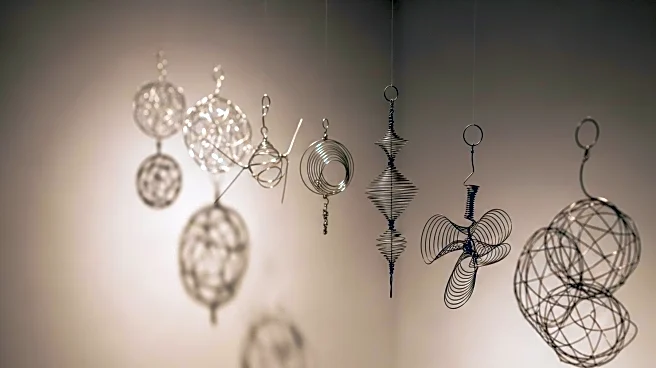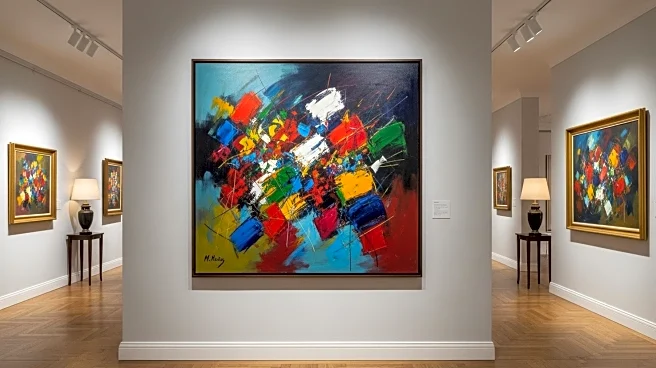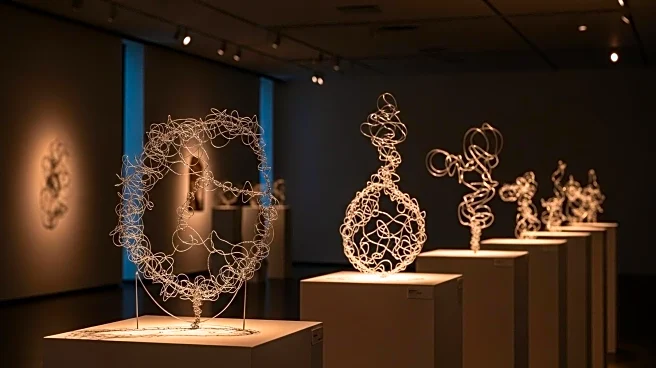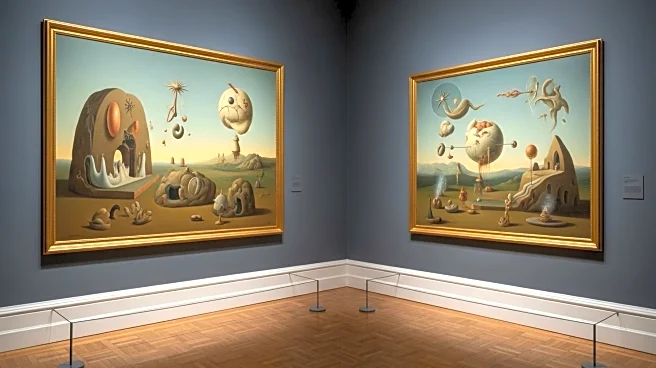What's Happening?
The Brooklyn Museum and the Fine Arts Museums of San Francisco (FAMSF) have organized a new exhibition titled 'Monet and Venice,' showcasing Claude Monet's transformative journey to Venice. This exhibition marks the largest display of Monet's work in New York in over 25 years. Monet's visit to Venice revitalized his painting career, leading to the creation of 37 paintings of the city, 19 of which are featured in the exhibition. The show also includes works by other artists inspired by Venice, such as Canaletto and John Singer Sargent. Monet's time in Venice was pivotal, as it helped him overcome a crisis of confidence and resume work on his famous 'Water Lilies' series.
Why It's Important?
The 'Monet and Venice' exhibition is significant as it highlights a crucial period in Monet's career, where his artistic approach evolved, influencing Modern art and Abstract Expressionism. Monet's Venice paintings broke traditional landscape norms, focusing on water and light, which were initially misunderstood but later recognized as masterpieces. The exhibition not only celebrates Monet's work but also underscores Venice's role as a source of inspiration for artists across generations. This event offers art enthusiasts a rare opportunity to view Monet's works and understand the historical and artistic context of his creations.
What's Next?
The exhibition will travel to the de Young Museum in San Francisco in March 2026, expanding its reach to a broader audience. As the exhibition moves, additional paintings will be included, offering new insights into Monet's work. The event is expected to attract significant attention from art historians, critics, and the public, potentially sparking renewed interest in Monet's contributions to art history. The exhibition may also inspire further scholarly research into Monet's techniques and the impact of his Venice period on his later works.
Beyond the Headlines
Monet's Venice paintings represent a deeply personal chapter in his life, intertwined with his relationship with his wife, Alice. The exhibition sheds light on the emotional and artistic challenges Monet faced, including his grief after Alice's death, which influenced his work. This personal dimension adds depth to the understanding of Monet's art, highlighting the interplay between personal experiences and artistic expression. The exhibition also explores the broader cultural significance of Venice as an artistic muse, offering a nuanced perspective on the city's enduring influence on artists.
